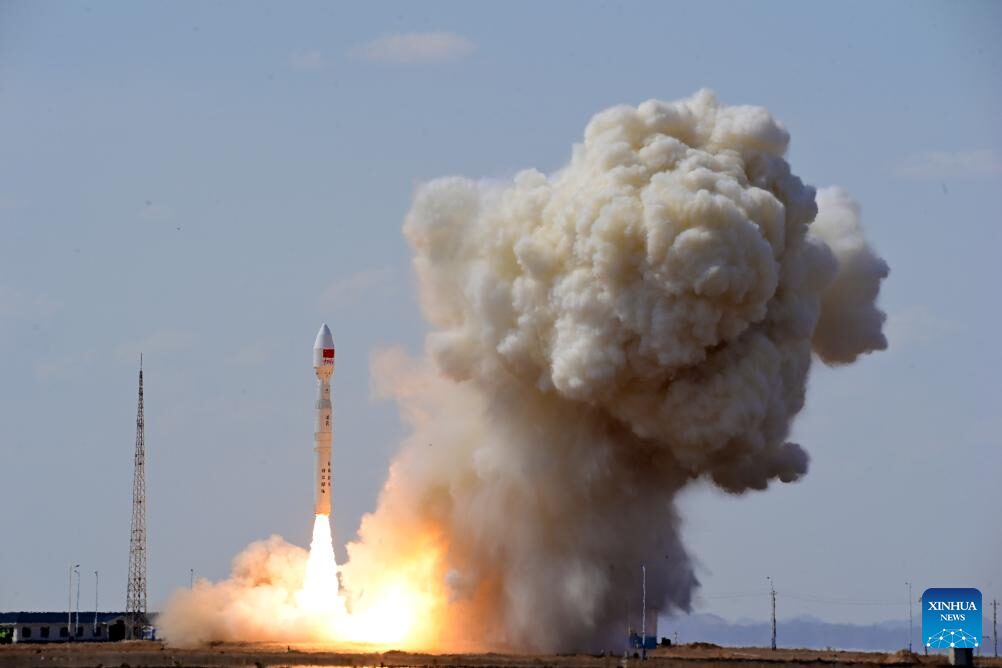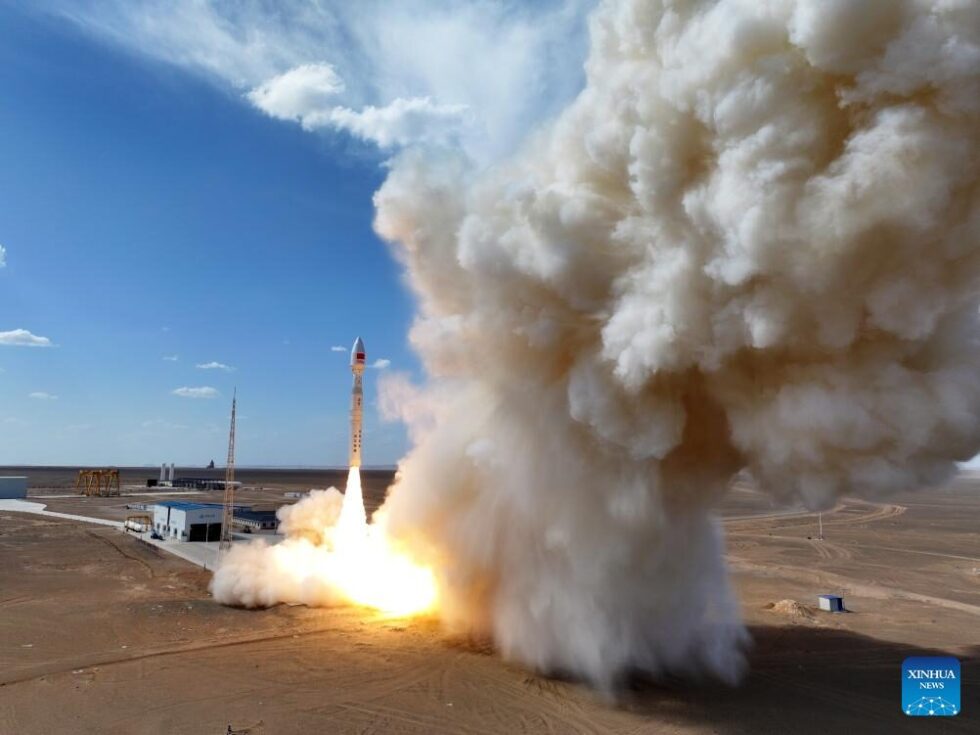China’s Lijian-1 rocket launches seven satellites, cutting costs and boosting competition

China achieved another milestone in its commercial space program on Tuesday, August 19, 2025. At 3:33 p.m. Beijing time, a Lijian-1 Y10 solid-fuel carrier rocket lifted off from the commercial aerospace innovation zone near the Jiuquan Satellite Launch Center in Gansu Province, carrying seven satellites into orbit. All payloads were successfully deployed into their designated trajectories, according to reports by G.Business citing the state-run news agency Renewz.
The Lijian-1, developed by CAS Space, is a two-stage solid-propellant rocket first launched in 2022. Measuring about 30 meters in length and 2.65 meters in diameter, the rocket weighs approximately 135 tonnes at liftoff and produces a thrust of nearly 2,000 kilonewtons. Its maximum payload capacity is 1.5 tonnes into a 500-kilometer sun-synchronous orbit (SSO), while it can deliver up to 2 tonnes into lower Earth orbits of around 300 kilometers.
Since its maiden flight, the Lijian-1 has placed a total of 70 satellites into orbit with a combined payload mass exceeding seven tonnes. Chief Commander Hu Xiaowei highlighted that the system is designed for high-frequency “rideshare launches”, capable of carrying dozens of satellites in a single mission.
One of the rocket’s most significant achievements lies in drastically reducing launch costs. Deputy Commander Meng Xiangfu noted that the price per kilogram of payload has dropped below 10,000 U.S. dollars, making it one of the most cost-effective launch vehicles worldwide. Future missions are expected to carry more than 50 satellites at once, creating a clear economic advantage for China in the growing commercial launch sector.
Satellite payloads with diverse applications
Among the seven satellites launched in this mission, one carries an X-band synthetic aperture radar with an imaging resolution better than one meter and an observation swath of more than 300 kilometers. This technology is particularly suited for wide-area surveillance, including polar regions and ocean monitoring.
Another payload, Tianyan-26, is a miniaturized Earth observation satellite capable of operating in both visible and infrared light bands. Its small size and dual capability make it attractive for commercial earth imaging markets. Additionally, two ThumbSat satellites were deployed to test low-Earth orbit communication systems and to verify the transmission performance of imagery payloads. These experiments are expected to facilitate future international cooperation in satellite communications.

Global comparison
In the international context, the Lijian-1 occupies a middle segment between small launchers and heavy-lift rockets. Its combination of moderate payload capacity and reduced launch costs puts it in direct competition with Europe’s Vega-C and Rocket Lab’s Electron, while also indirectly challenging the economics of SpaceX’s Falcon 9.
| Launch Vehicle | Payload Capacity (SSO) | Distinct Features | Approx. Cost per kg | Manufacturer |
|---|---|---|---|---|
| Lijian-1 (China) | 1.5 t (500 km) | up to 50 satellites per mission, solid-fuel | < 10,000 USD | CAS Space |
| Vega-C (Europe) | 2.2 t (700 km) | European standard, mixed propulsion | > 20,000 USD | Arianespace |
| Electron (USA/NZ) | 0.3 t (500 km) | micro-satellite focus, high flexibility | 30,000–40,000 USD | Rocket Lab |
| Falcon 9 (USA) | 22 t (LEO) | reusable, global market leader | 2,500–3,000 USD | SpaceX |
The table highlights how Lijian-1 provides more capacity than small dedicated rockets while remaining cheaper than mid-sized systems. While it cannot rival heavy-lift vehicles such as Falcon 9 in raw power, its price efficiency and ability to deploy dozens of satellites in a single launch make it a serious contender in the global small and medium satellite market.
With its combination of technical reliability, scalable multi-payload capacity, and sharply reduced costs, the Lijian-1 strengthens China’s position as a rising player in the global space industry. The successful mission of August 19 not only demonstrates progress in engineering but also underlines Beijing’s strategic ambition to become a serious competitor to established providers in the U.S. and Europe.
Stay connected for news that works — timely, factual, and free from opinion. Learn more about this topic and related developments here: Better than “Kinzhal”: Turkey unveils its first hypersonic missile Tayfun Block-4 at IDEF 2025
Photo by Wang Jiangbo/Xinhua